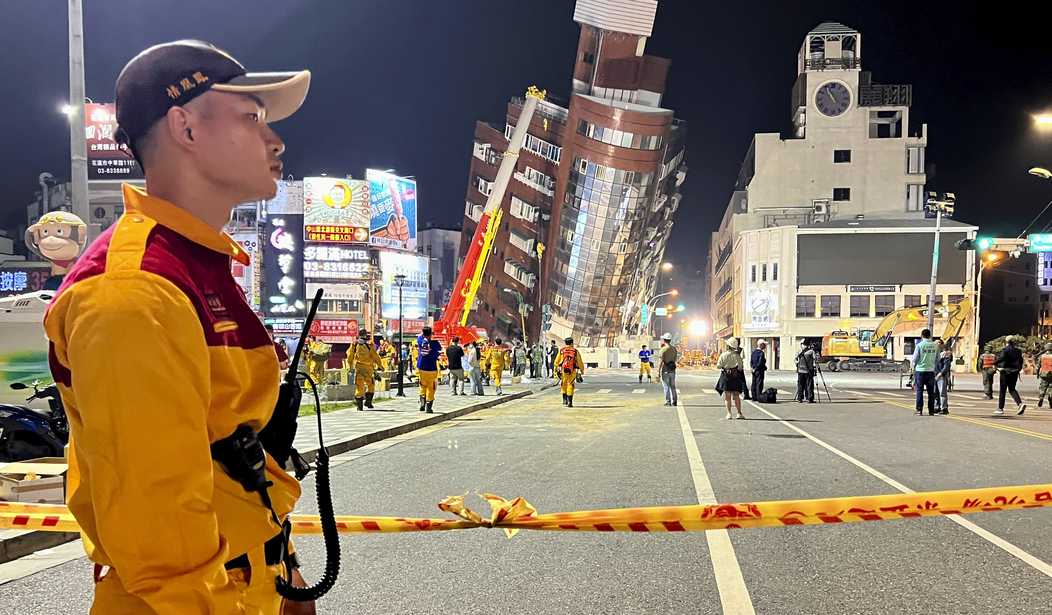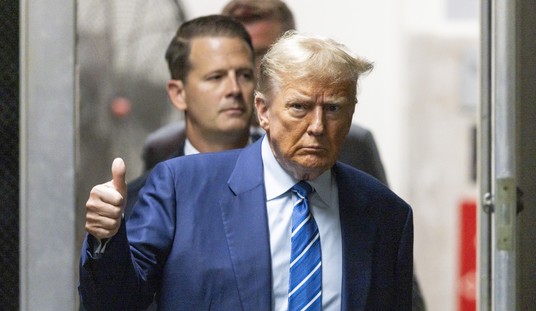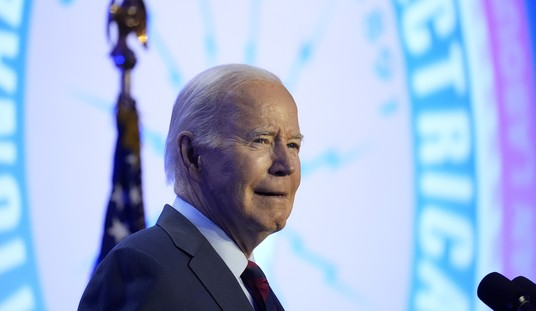It was a terrible quake that struck near Hualien City, Taiwan, just as the workday was beginning on Wednesday. Details aren't yet complete but, so far, nine people have been reported killed, over a thousand more injured, and 152 trapped in damaged buildings, quarries, and other places.
At 7.4 on the Richter Scale, the Hualien shifter was three times more powerful and released 5.6 times more energy than the 1989 Loma Prieta earthquake that dropped part of San Francisco's elevated Embarcadaro freeway, killed 63 people, and injured 3,757 more.
“It was pretty scary,” a visiting American told NBC News. “In all the years that I’ve lived here and in Southern California before that, I’ve felt a lot of earthquakes, but this was by far the strongest and the most frightening.”
The disruptions to the global economy are still being sorted out, but quickly. Taiwan Semiconductor (TSMC) says they're "still assessing" its chip fabrication plants but "expects to resume production overnight." That's good news, since TSMC is the world's most advanced chipmaker, serving as the foundry for the highest-end chips used by Apple, Nvidia, AMD, and others.
Similarly, tech manufacturing giant Foxconn is already resuming normal operations just hours after the quake.
That isn't the only good news, however. Despite the power of the quake and the devastation you've already seen, the real story is that the quake isn't a bigger story. While the casualty list will surely grow in the coming days, it shouldn't be anything like the last huge quake in 1998. That 7.6 tremor killed around 2,400.
"If it bleeds, it leads," they always say in new business, and thankfully, there's been remarkably little blood in Taiwan. There's a lesson in this, but I promise to keep it brief and to show you all the cool stuff first.
Recommended: It's Official: Everybody Hates the Media (and Sage Steele Shows You Why)
My favorite story might be the bit of architectural genius hidden inside the capital city's massive Taipei 101 skyscraper. The building — currently the 11th tallest in the world — soars nearly 1,700 feet (508 French yards) straight up, sits just 660 feet away from a Pacific Rim fault line, and, yes, the people who built it understood just how dangerous that location could be.
That's why inside Taipei 101 hangs a massive pendulum — technically, a tuned mass damper — between the 88th and 92nd floors. The 728-ton steel sphere translates motion caused by high winds and earthquakes into steadying countermotions as it is rocked back and forth. It's the largest and most expensive ($4 million) tuned mass damper in the world.
In the photo atop this report, you can see a much smaller building that didn't survive the quake. But what it didn't do was collapse and kill everyone inside. Instead, the structure remained mostly intact, allowing rescue workers to pull people out using what looks much like a fire engine ladder.
In fact, most of the injuries seemed to have occurred outside of Taiwan's cities. Engineers can suspend a 728-pendulum hundreds of feet up to protect a skyscraper, but there isn't much to be done in advance for quarry workers. They have to be where the rocks are.
Still, I'd rather be in Taipei, Taiwan, during a 7-plus quake than in any big city in mainland Communist China. The PRC's engineers are now among the world's best (we trained them) but Communism doesn't exactly put a great deal of value on human life, and the level of corruption there is enough to give anyone pause about how well building contractors live up to earthquake construction standards.
But across the straits in Taiwan, free and prosperous Chinese people have built remarkably resilient cities.









Join the conversation as a VIP Member